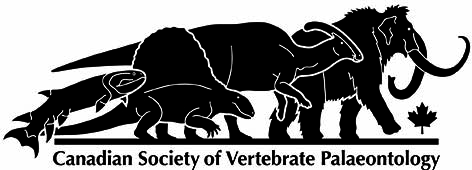About
Vertebrate Anatomy Morphology Palaeontology accepts manuscripts detailing anatomical or broader morphological studies on fossil and living vertebrates. Manuscripts describing new species, functional morphology, or phylogenetic analyses using morphological characters are welcome.






